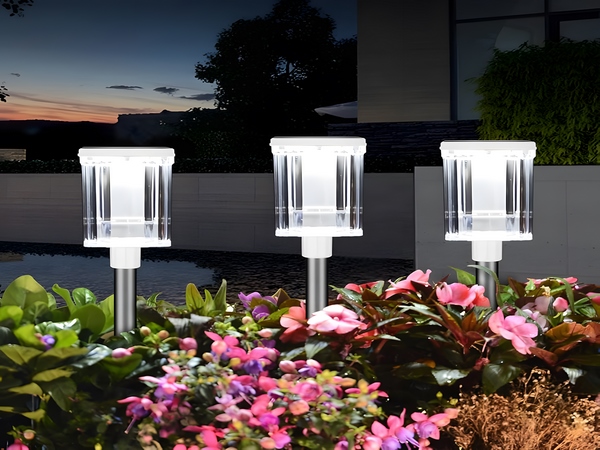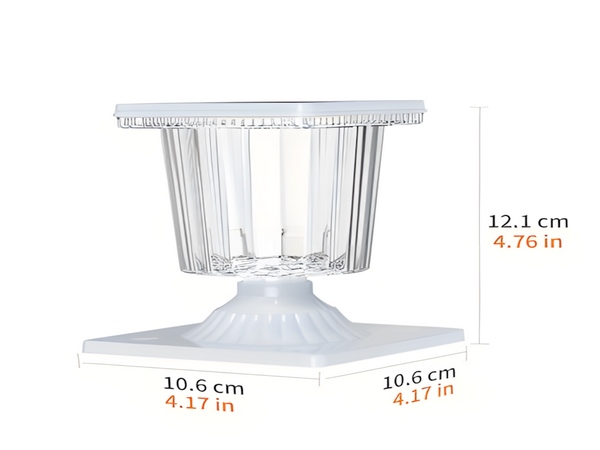
When choosing solar street lights, it is important not only to consider the size of the light source and the height of the pole, but also to take into account the local climate conditions and sunlight duration. The duration of illumination of solar street lights is closely related to the sunlight hours and intensity in the area of use. This will directly affect the amount of energy absorbed by the solar panels. The more energy the solar panels absorb, the more electricity they can convert, ensuring sufficient illumination time. So, what are the specific factors affecting the lighting effect of solar street lights? Here is an overview.
1. Power
The power of the lamp affects the lighting effect; the greater the power, the better the illumination. Therefore, when purchasing solar street lights, one must consider the power of the lamp. If the power is too low, the performance will not be satisfactory.
2. Pole Height
The height of the pole is also a factor that affects the lighting effect of solar street lights. If the pole is too high, the brightness will disperse and become much weaker when projected onto the ground.
3. Brand
Different brands of solar street lights have varying technologies and qualities, leading to differences in lighting effects. It is advisable to choose products from reputable manufacturers when selecting solar street lights to ensure reliable fixtures and better performance.
4. Environmental Conditions

The environment in which solar street lights are used can affect their lighting effects. For instance, heavy smog or thick dust on the fixtures can impact their brightness.

The factors affecting the lighting effect of solar street lights have been shared here. Additionally, it is important to know that generally, northern regions accumulate more sunlight hours throughout the year, while southern regions experience more rainfall and cloudy days, leading to fewer sunlight hours. This directly influences the lighting effect as well.



